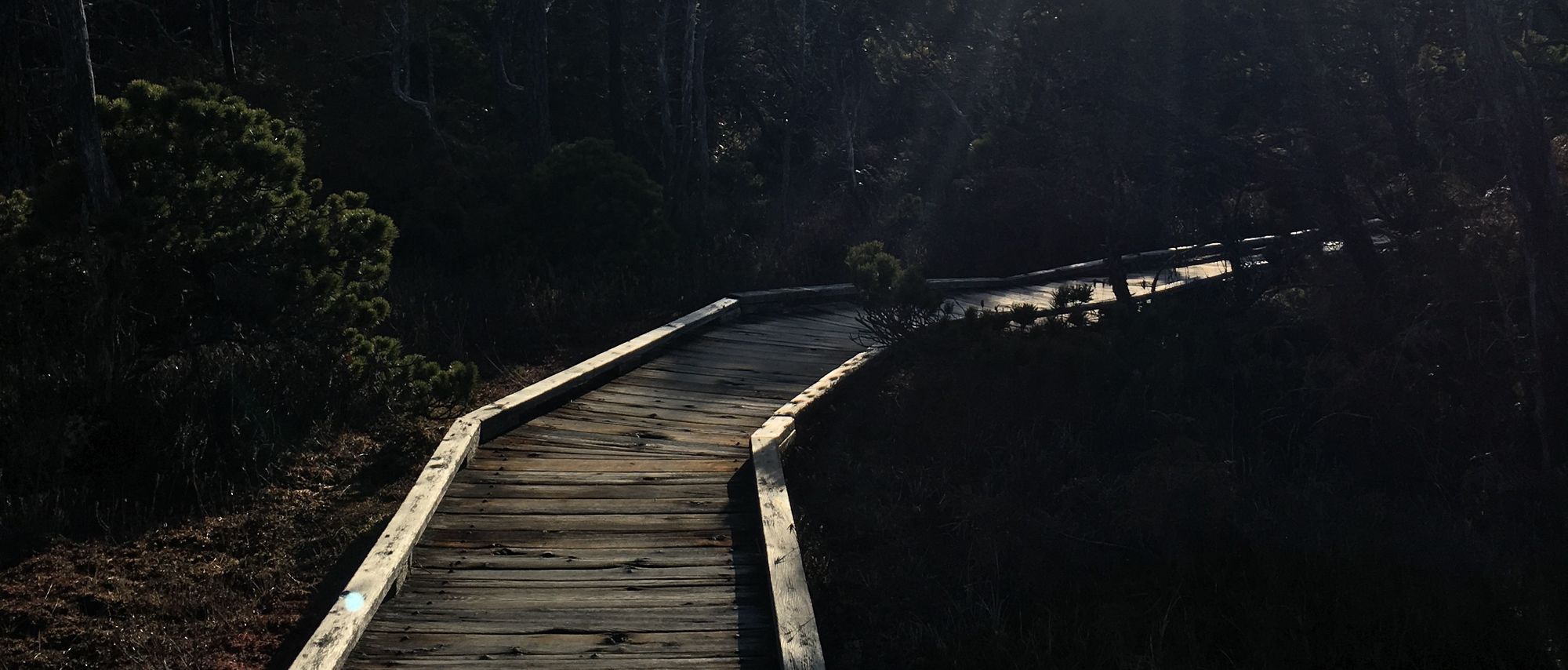Where am I?

Whenever I start a new project, one of the first things I do is try to figure out what my end goal is. Knowing what I am trying to accomplish and how I will know when I've succeeded are important "landmarks" that help provide focus and direction when I inevitably get distracted and start to veer off-course. Anytime I start a project without these sorted out in advance, I invariably find myself tripping along the way, lost and unsure of what to do next. I don't know when I've done enough and can move on. Or if I'm spending all my time focused on the wrong area. These tasks always end up being more frustrating, and are likely to end up unfinished. Although, can you call it unfinished when you never knew where you were going, or how to tell if you arrived?
Planning (and teaching) a lesson requires the same information. What knowledge or skill are you trying to convey, and how will you know that your students have learned it?
One area that continually bothers me with numerous EdTech apps, is that they seem to believe that only teachers need to know anything about the learning path their students are on. Teacher dashboards are full of information (of varying quality, but that's another topic) that attempt to help provide context about what each student knows, and how far they are towards their goal (whatever that might be).
However, in far too many apps, students don't have access to any of this information themselves. Instead, they are just presented with what feels like random questions they need to answer and tasks to complete. They are expected to work towards some nebulous goal that's rarely defined and that seems to have no tangible end. And, in many cases, really doesn't have an end.
Providing students with access to this information — what they are working towards, where they are on that journey, how much is left to go — gives them context around their learning journey. This knowledge can help them take control of their own learning and understand where they need to focus their efforts to get the most reward.
You might be thinking "I teach early elementary, they do not understand data analysis and so how useful would it be to show them that they are 50% of the way to their goal?" The thing is, there are many ways to present this knowledge in various visual forms that even the youngest students can understand. And many of them already have experience with this, from playing video games.

Take Super Mario World, which was released in 1990. In it, the levels are presented on a world map, with roads connecting them (this was not the first game to use this visual format). Until a level is complete, the road is "greyed out" and cannot be accessed. Players know what levels they need to complete, what levels have been completed, and what levels are still to come. This visual presentation is understandable by young students. But, more importantly, they are just as able to act on the information as their older peers.
Providing students with access to the same information as their teachers about their learning journey gives them the reigns to take control. It allows them to make smart, informed, decisions about what to do next. It allows them to visually see that yes, they have made a lot of progress while also seeing where they still need to go.
There's no reason that students should be kept in the dark, left to wander the road of their education with no understanding of where they currently stand. EdTech apps already have all this information at their fingertips. It's well past time they start putting it into their hands of their most important users — the students.

